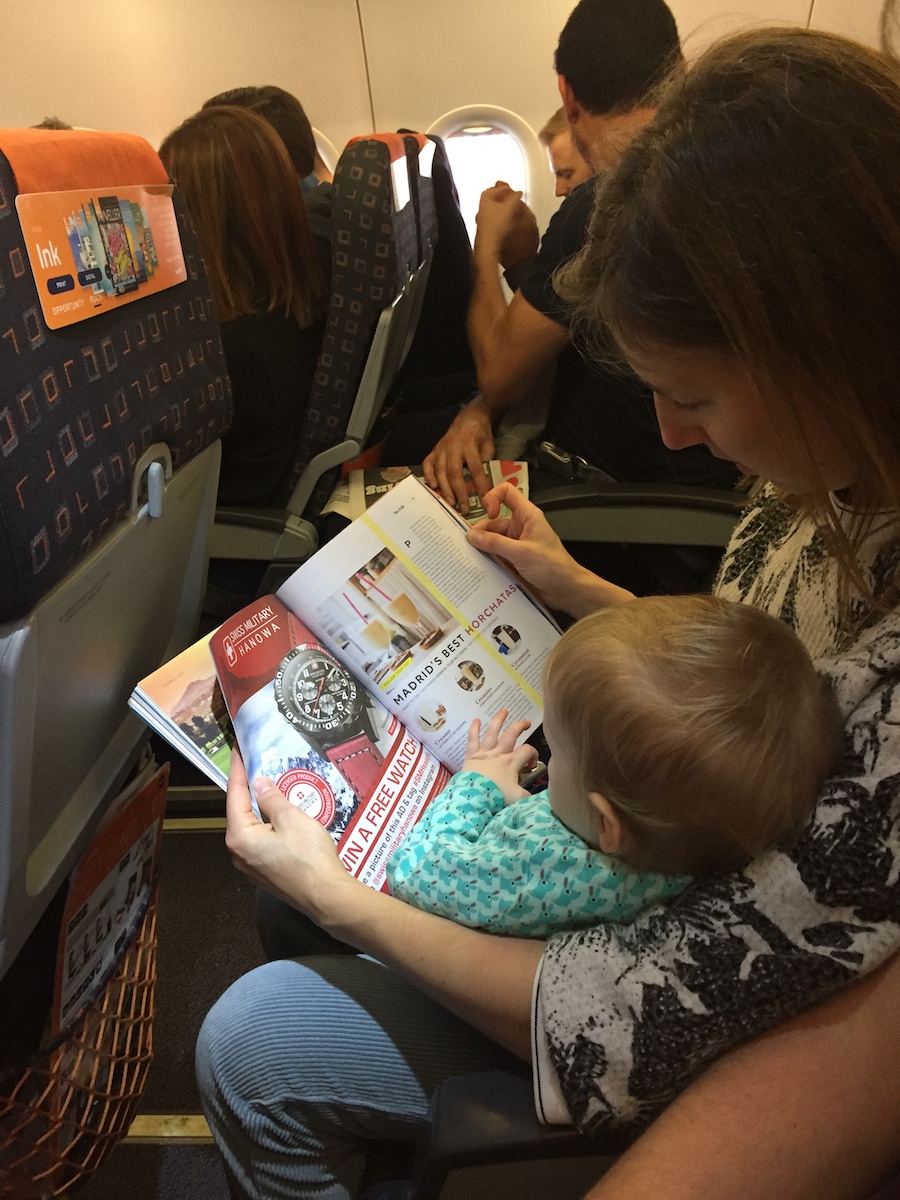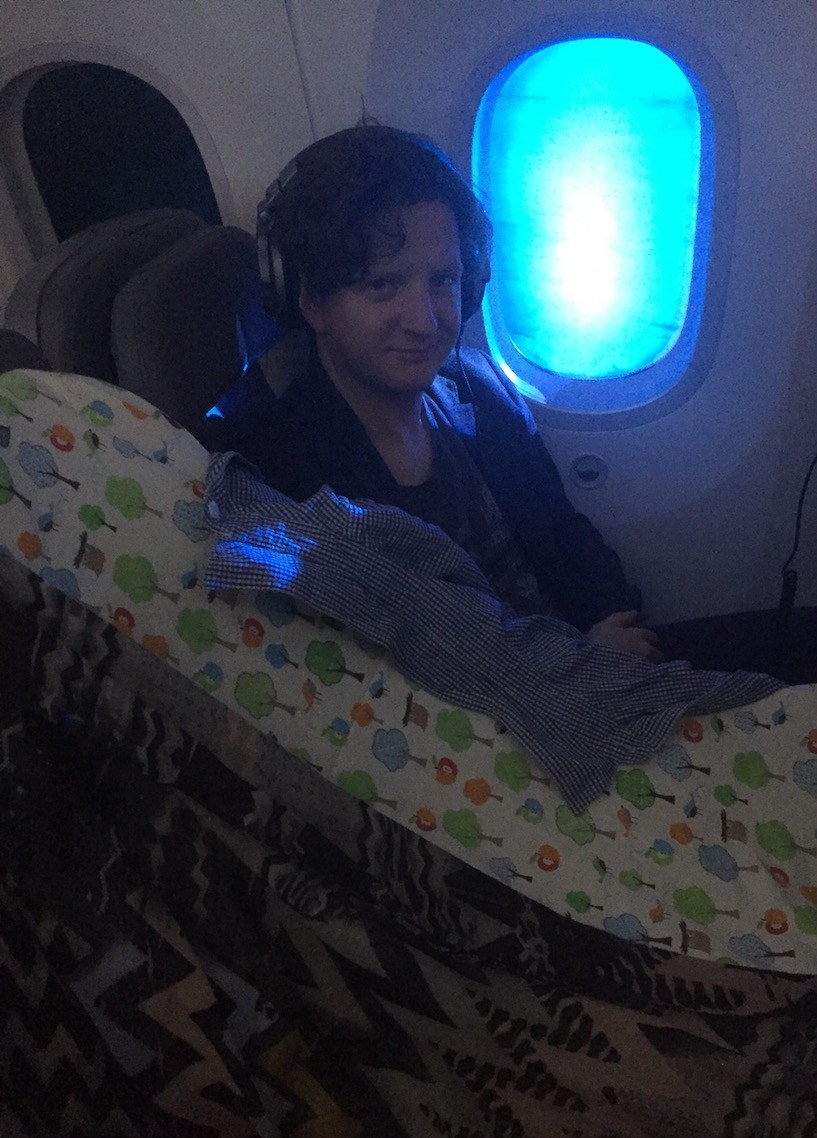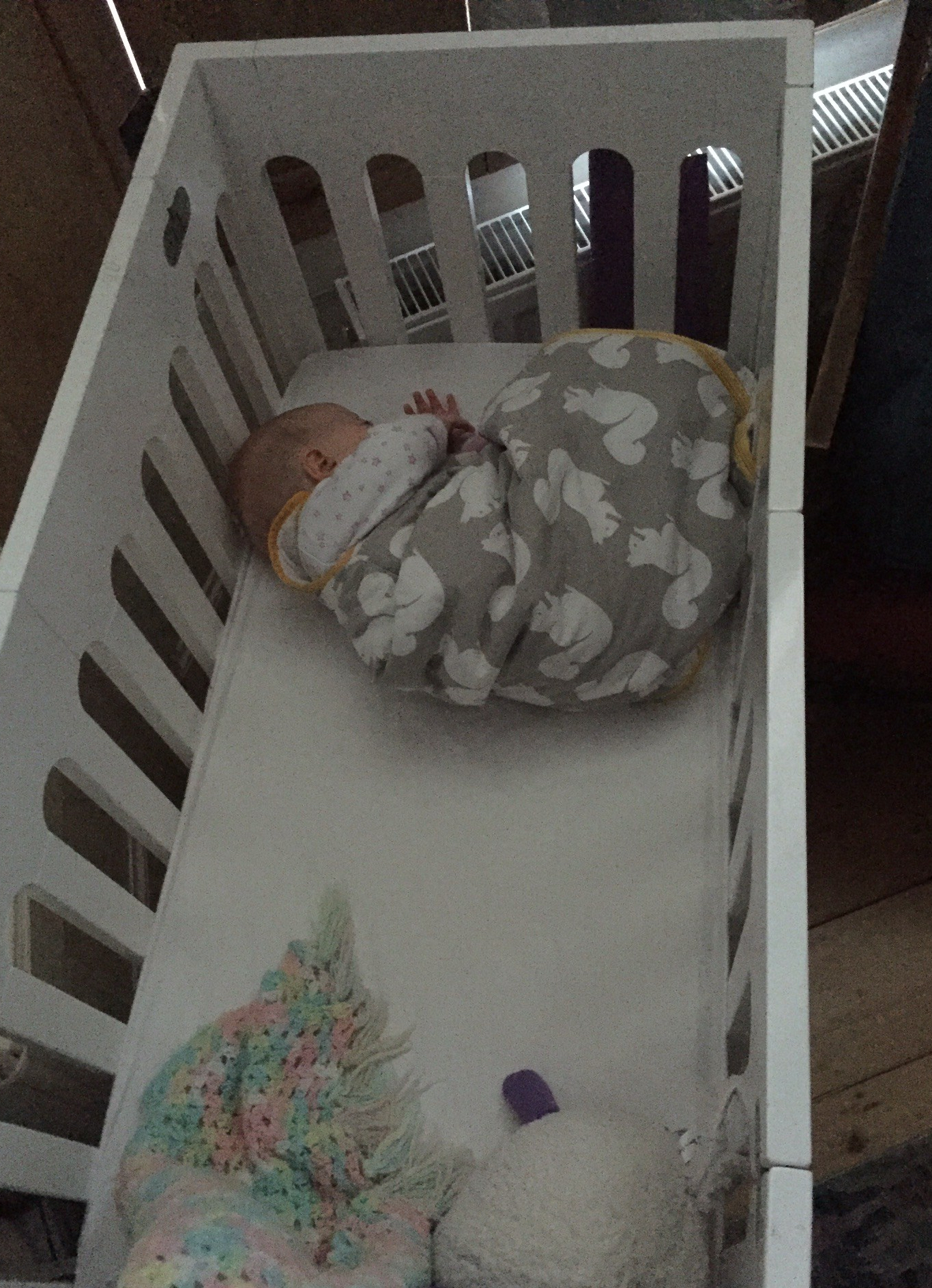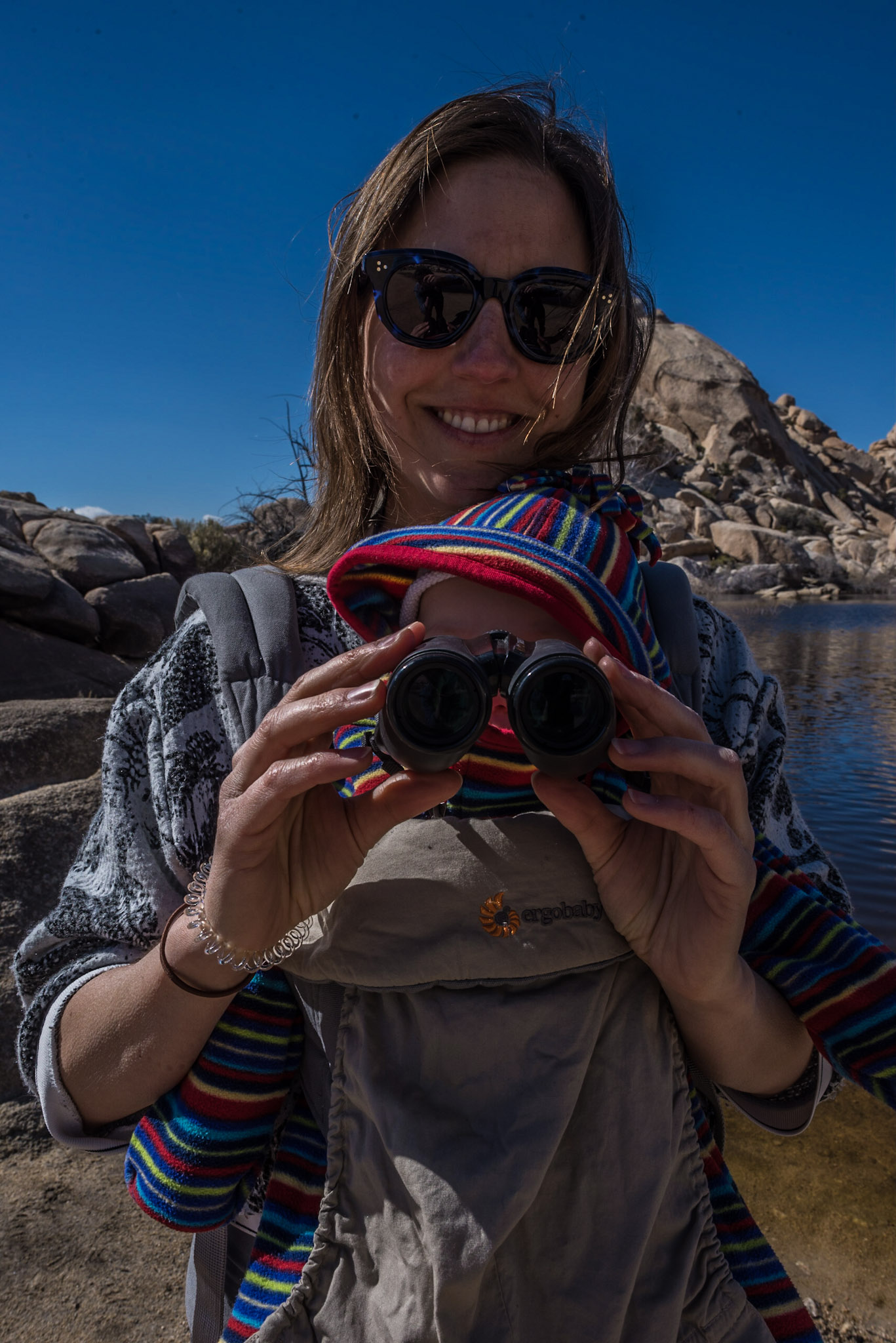Published in the September 2018 issue of Baby Magazine, with the title ‘Take Flight’.
One of the best things about no longer being pregnant (aside from the wonderful new addition to your family, of course) is that there’s no need to worry about zika anymore. Which means you’re free to explore far-flung destinations again, taking your little one on their first proper adventure.
Travel vaccinations

While the routine NHS infant vaccinations your baby receives at 8 weeks, 12 weeks, 16 weeks and 12 months will protect them for travel within Europe and to other developed nations, more exotic destinations may require additional vaccines.
Some of these vaccines – such as those for typhoid and hepatitis, as well as common anti-malarial medications – can only be given above a certain age or weight, so if you’re thinking of travelling to a high-risk area, you should talk to your GP or practice nurse before booking your trip.
Even if a destination you’re hoping to visit qualifies as high risk for a particular disease, you might still be able to take your baby depending on the type of trip you’re planning. If you’re staying in an upmarket resort and unlikely to be spending lots of time with the local population, for example, your risks are greatly reduced, to the point when you might not need vaccinations at all.
Even in destinations where malaria isn’t a risk, you’ll need plenty of baby-safe insect repellent and a mosquito net to cover your baby’s cot (and pram if you’ll be going out in the evening). There are plenty of universal-fit ones available online.
Surviving a long-haul flight

Try to book the bulkhead row and a carrycot or child seat (depending on the age of your baby). This is sometimes more straightforward to do over the phone rather than online, and you should reconfirm the booking before you fly.
If these seats aren’t available, and there are two of you travelling with your baby, book a window and aisle, in the hope that the middle seat will be left empty. This tactic often works, and even when it doesn’t, your neighbour is very likely to be willing to swap their middle seat for one of yours, so you end up sitting together anyway.
If money is no object, you might consider paying for a seat for your baby – you won’t regret having the extra space. Children under 12 usually pay around 75 per cent of full fare.
As with short-haul flights, pack a large supply of baby food, milk and snacks. You’ll be covered in case of delays and will have reserves to hand for the moments when nothing else is working to calm your baby down. Pack all your food into one bag and all your baby toys and books into another within your carry-on luggage so everything is easy to find exactly when you need it.
Hope for the best but expect the worse: if you prepare yourself for your baby not sleeping for the entire flight, any naps they do take will feel like you’ve won the lottery.
Jet lag
Once you get to your destination, you might find that your baby sleeps really well the first night because they’re exhausted from the journey but is wakeful at night and grumpy in the daytime after that. Don’t worry, it will pass in three or four days. Being easy on yourself during this period is crucial, so avoid attempting any ambitious adventures while you’re all exhausted.
Nap when your baby does so you’ve got some back up energy to cope with additional nighttime wake ups. Being outdoors in the day time is a good idea, as the day light helps kick the body clock into line. Try to keep your baby’s bed time routine as close to what it is at home so she knows on some level that it’s time to sleep even if her body is telling her the opposite.
When to go

December to April is the best time to visit the Caribbean, with hurricane season over and the wet season yet to start. Expect temperatures of around 30°C year-round.
Temperatures in Indian Ocean destinations stay fairly constant too – think lows of 26°C and highs of 30°C – but the Maldives get their best weather between December and April. Any later in the year and you risk running into the monsoon.
The situation is similar in Thailand. Bali’s dry season coincides with British spring and summer, so head there in May, June or September to avoid the crowds. Temperatures in Bali dip to around 22°C at night all year, making it a more comfortable option for restless sleeping. In May you can expect daytime highs of 28°C.
To keep your baby cool, make sure they’re drinking plenty of fluids. Not all toddlers are big water-drinkers, so offer snacks like cucumber and watermelon. Air conditioning is a good idea, if available, as hot weather can make napping more difficult.
Where to go…
Top travel spots that little ones will love
Dajuma Beach Eco-Resort and Spa, Bali.
This family-run resort is very popular with families with young children, especially as it provides cots and high chairs. Garden view cottages look out onto delectable shady lawn for those moments when you’ve had enough of hanging out on the volcanic beach or splashing in the pools. Rooms from £76 per night. dajuma.com
Niyama Private Islands, Maldives.
The Explorers Kids Club at this luxury private island resort is the only one in the Maldives open to babies from 12 months. There’s an extensive programme of activities on offer, leaving you to hop from white sand beach to spa, or why not give watersports a try? Rooms from £383 per night. Niyama.com
Beaches Turks & Caicos, Caribbean.
The all-day creche accepts even the very youngest guests, or take your baby along for the ride as you explore this huge all-inclusive resort, with its seven swimming pools (including a dedicated toddler pool), mini train and miles of beach. Rooms from £210 per night. beachesresort.co.uk

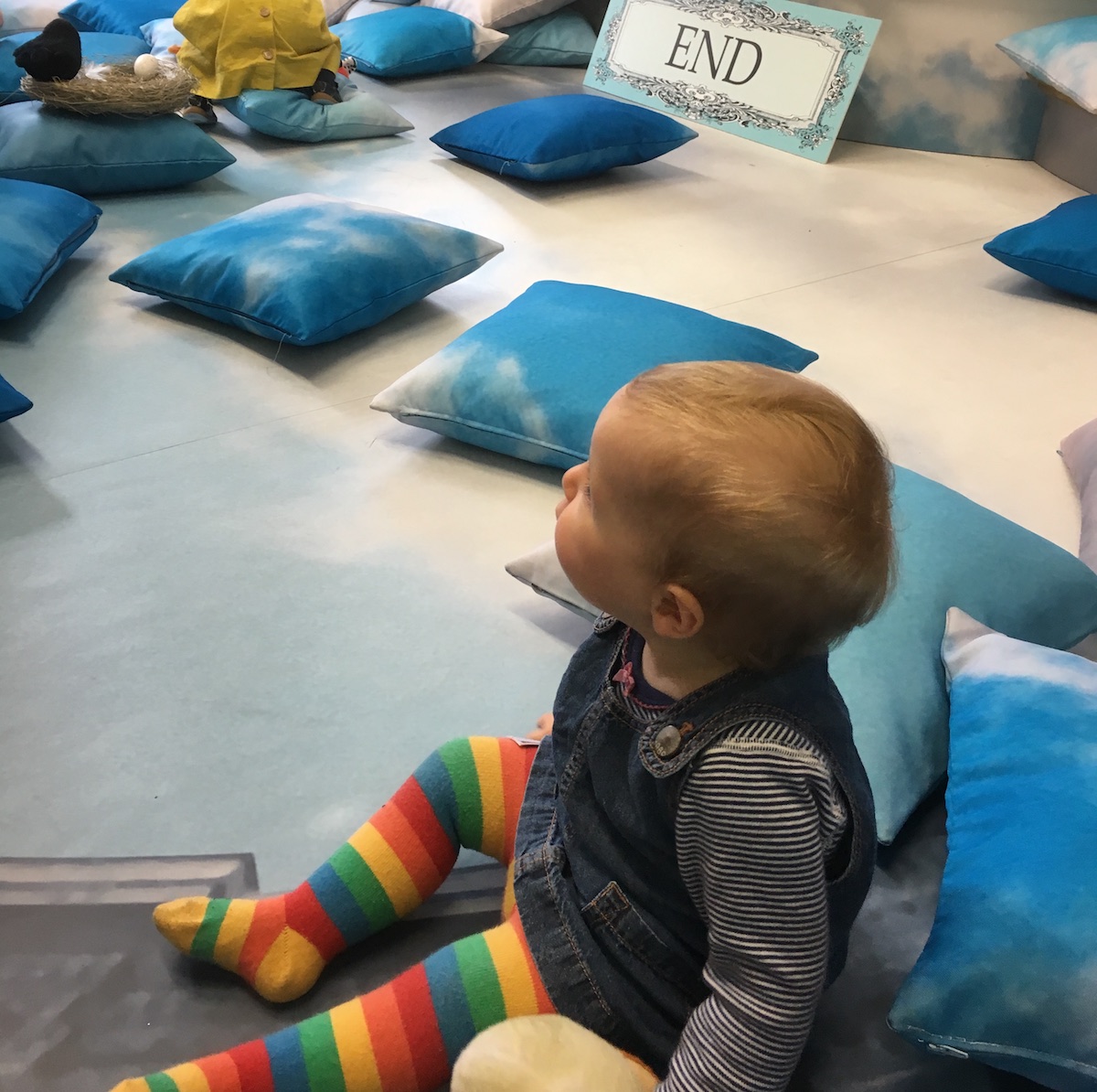

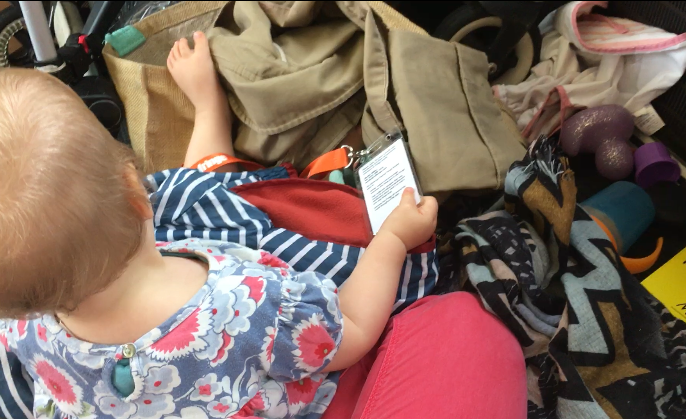

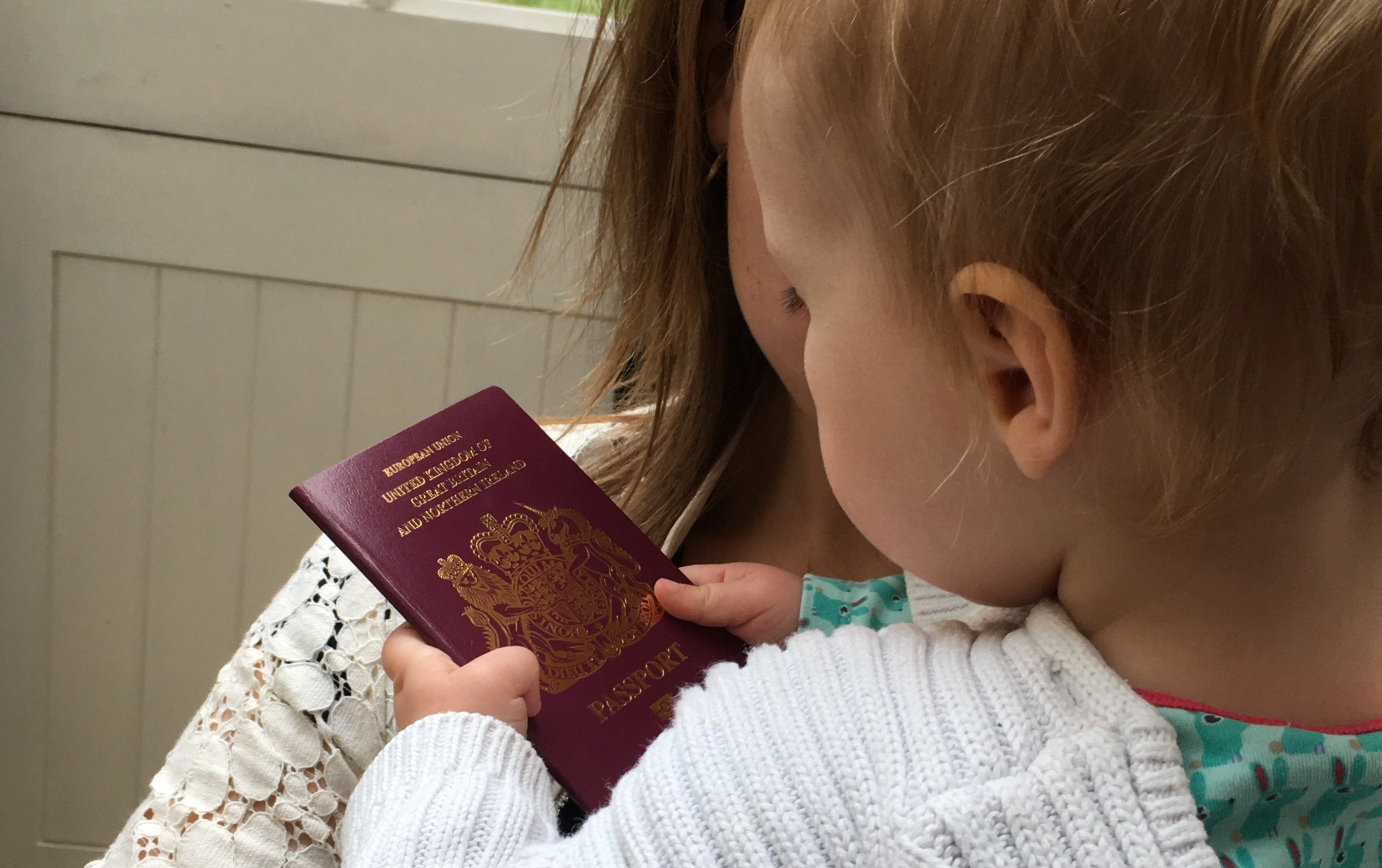

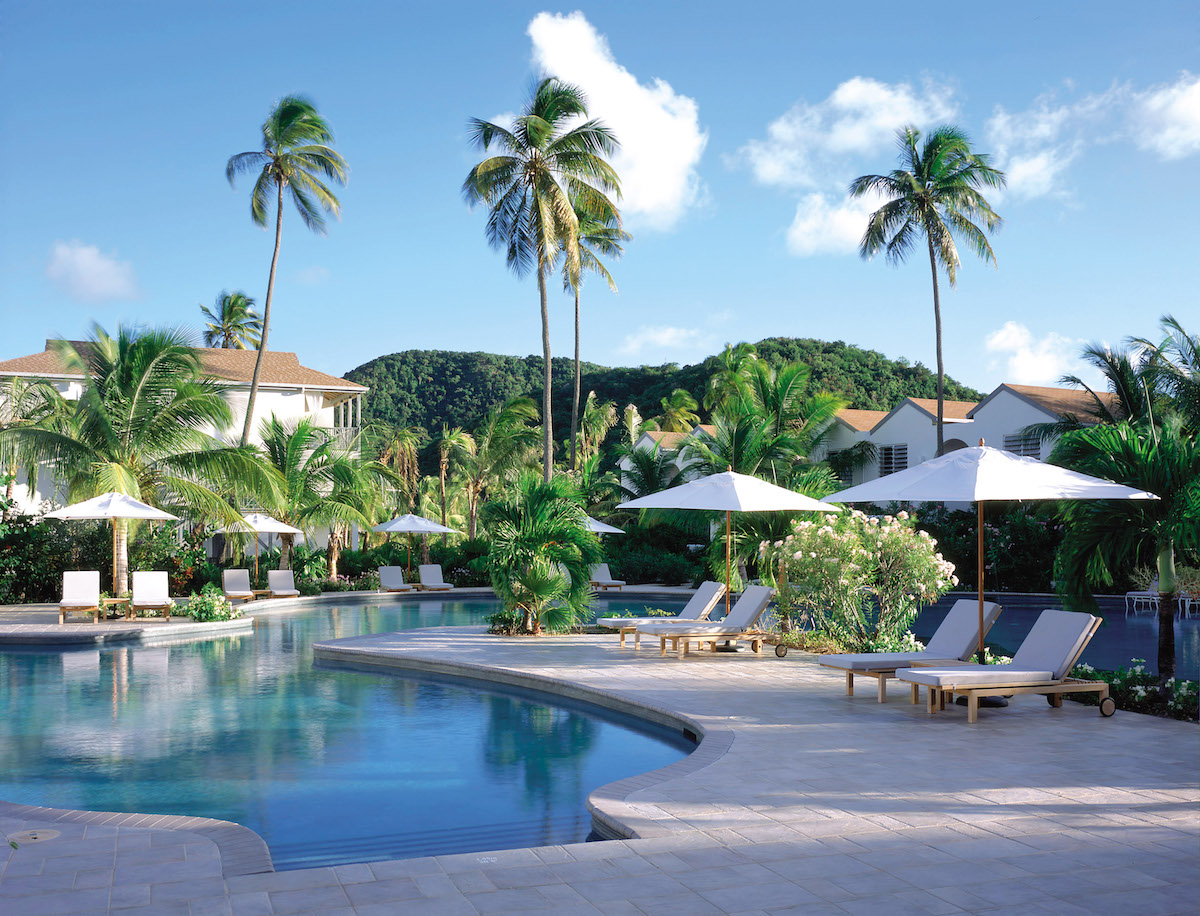

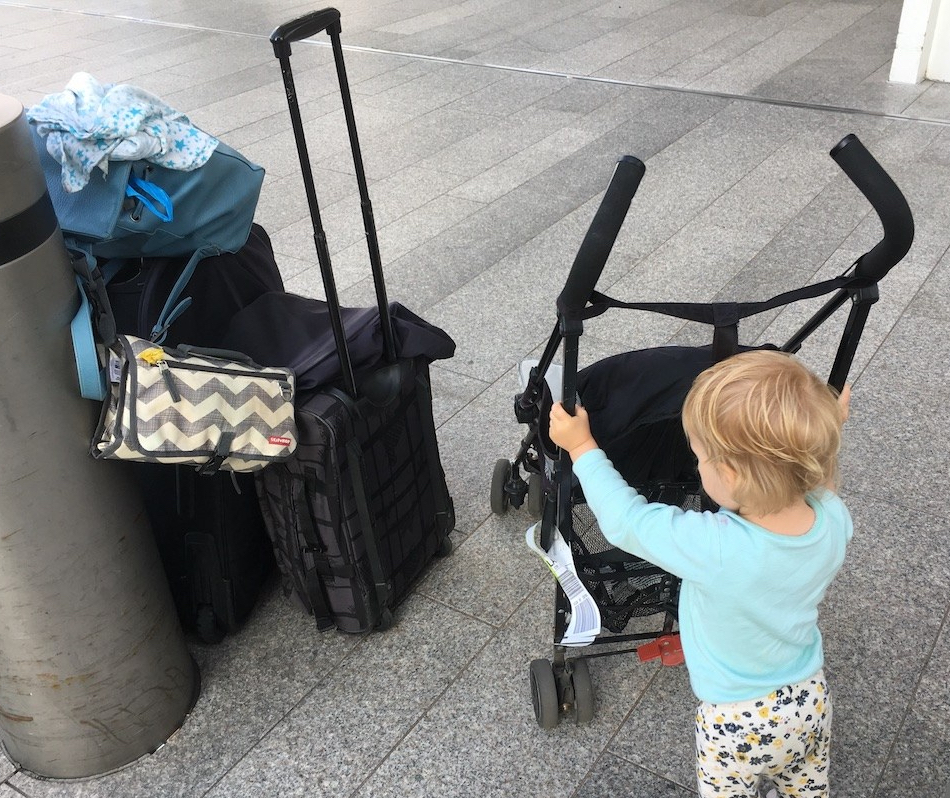
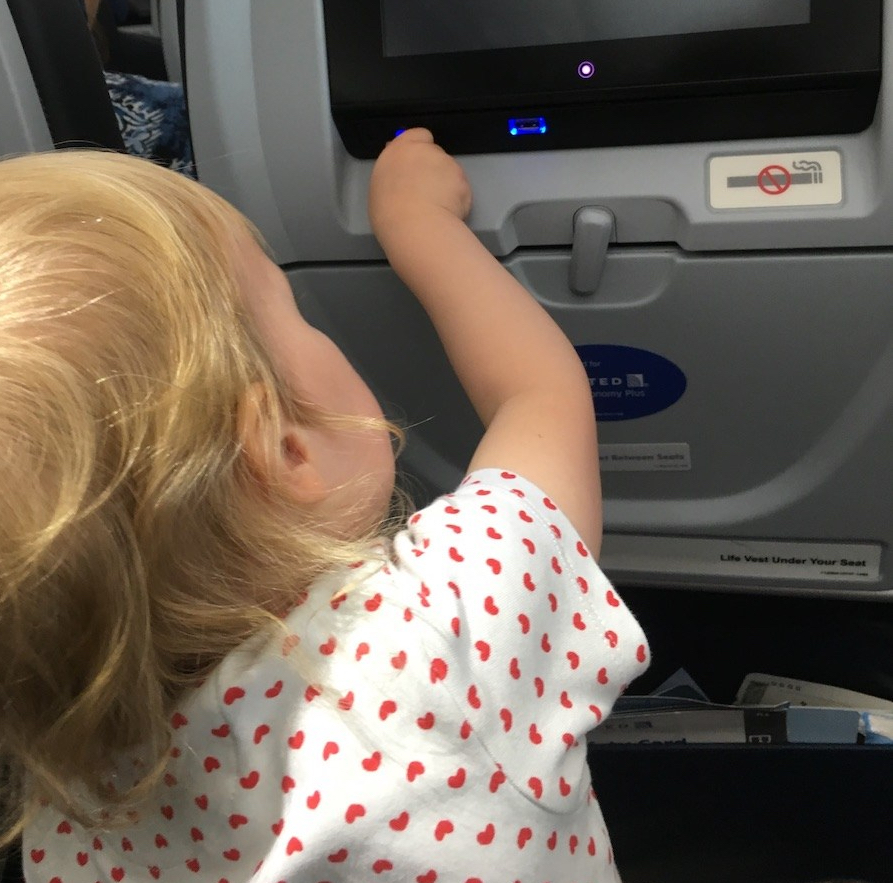
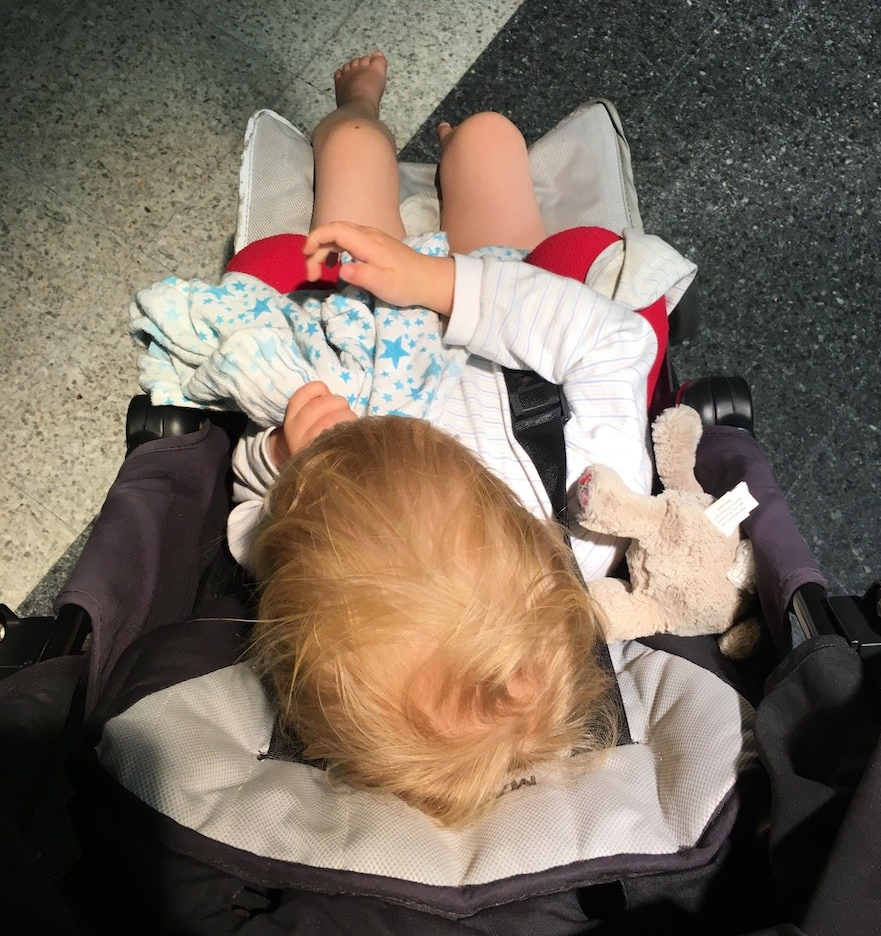

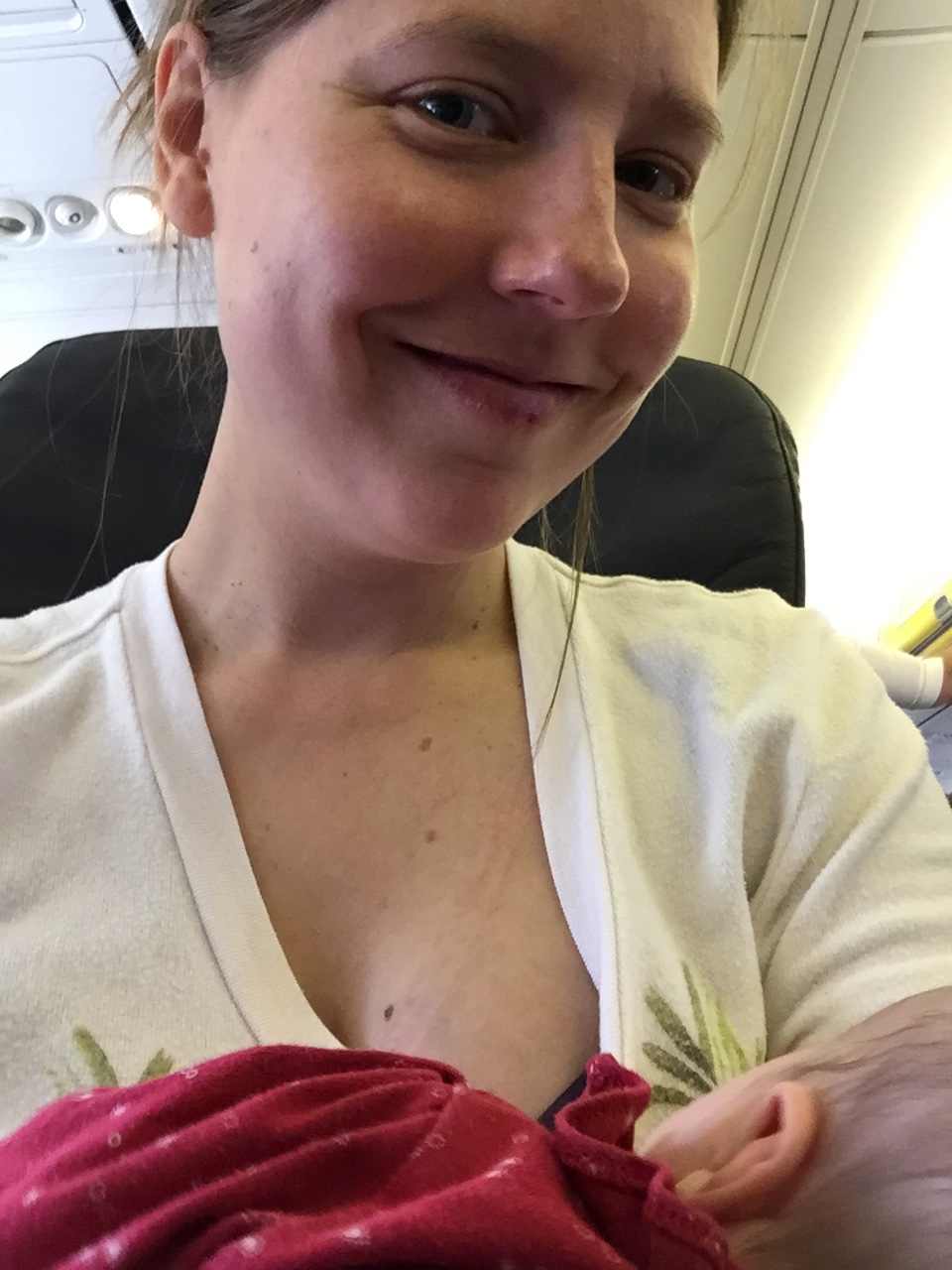


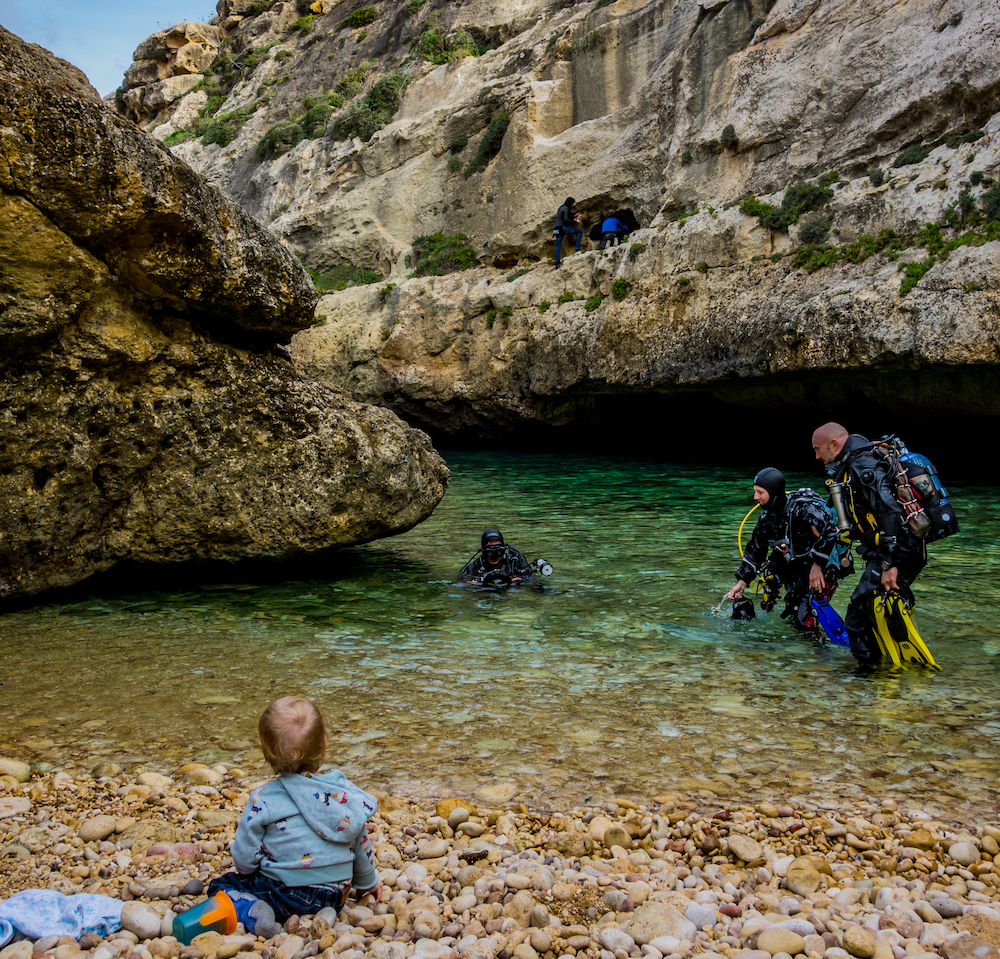
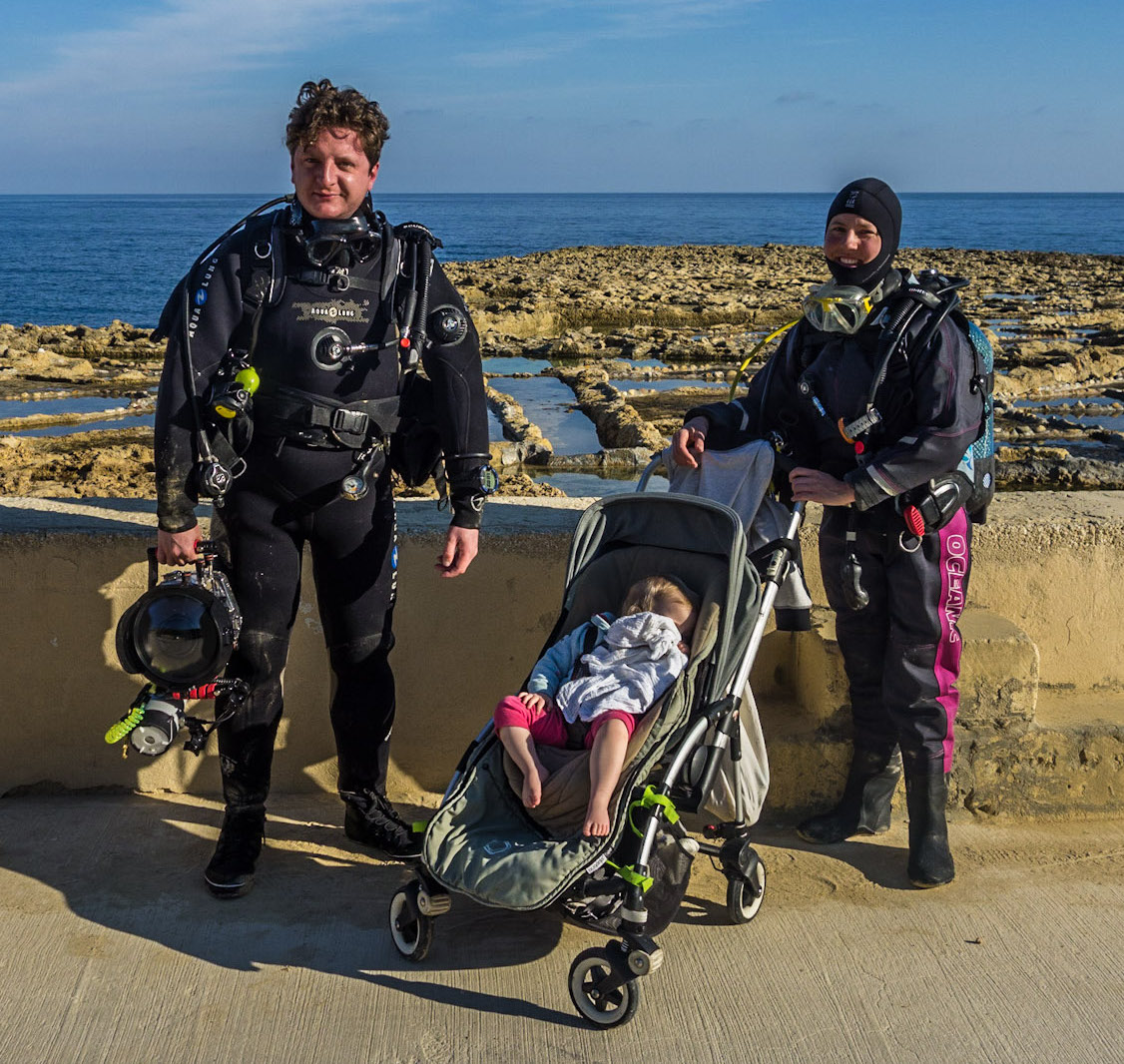


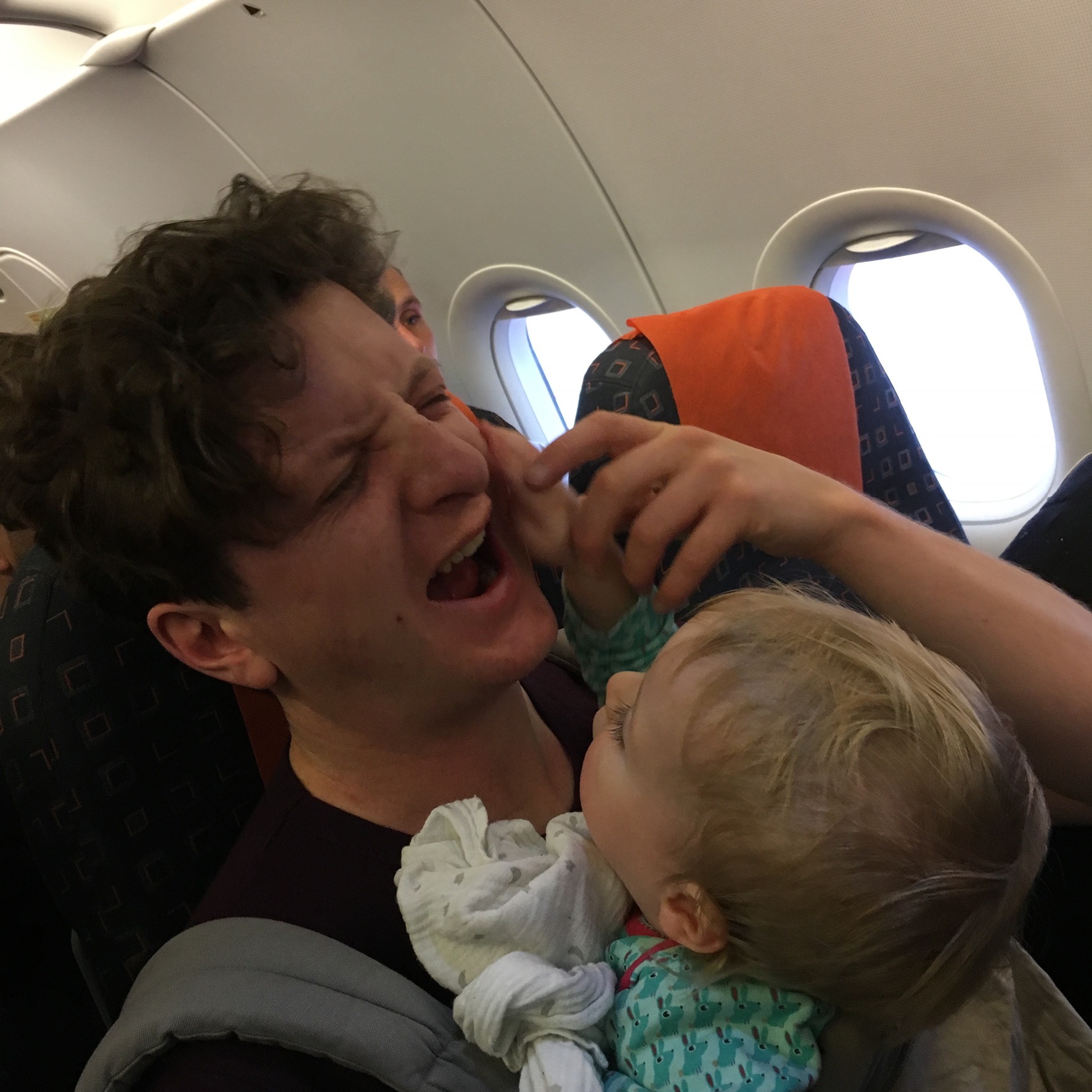 The sooner you start flying with your baby, the easier it is. You probably spend most of your time with your newborn in your arms anyway, so the fact that you’re on a plane is almost irrelevant. The chief challenge of flying with babies is keeping them entertained and newborns don’t require much in that regard, so if you have the opportunity to go abroad with your baby when she’s still very little, go for it. The other benefit to starting when she’s small is that it’s good practice for flying with her when she’s bigger and more aware of her surroundings: she’ll already be familiar with the strange environment of an aeroplane, you’ll be more confident and you’ll both have a better experience as a result.
The sooner you start flying with your baby, the easier it is. You probably spend most of your time with your newborn in your arms anyway, so the fact that you’re on a plane is almost irrelevant. The chief challenge of flying with babies is keeping them entertained and newborns don’t require much in that regard, so if you have the opportunity to go abroad with your baby when she’s still very little, go for it. The other benefit to starting when she’s small is that it’s good practice for flying with her when she’s bigger and more aware of her surroundings: she’ll already be familiar with the strange environment of an aeroplane, you’ll be more confident and you’ll both have a better experience as a result.